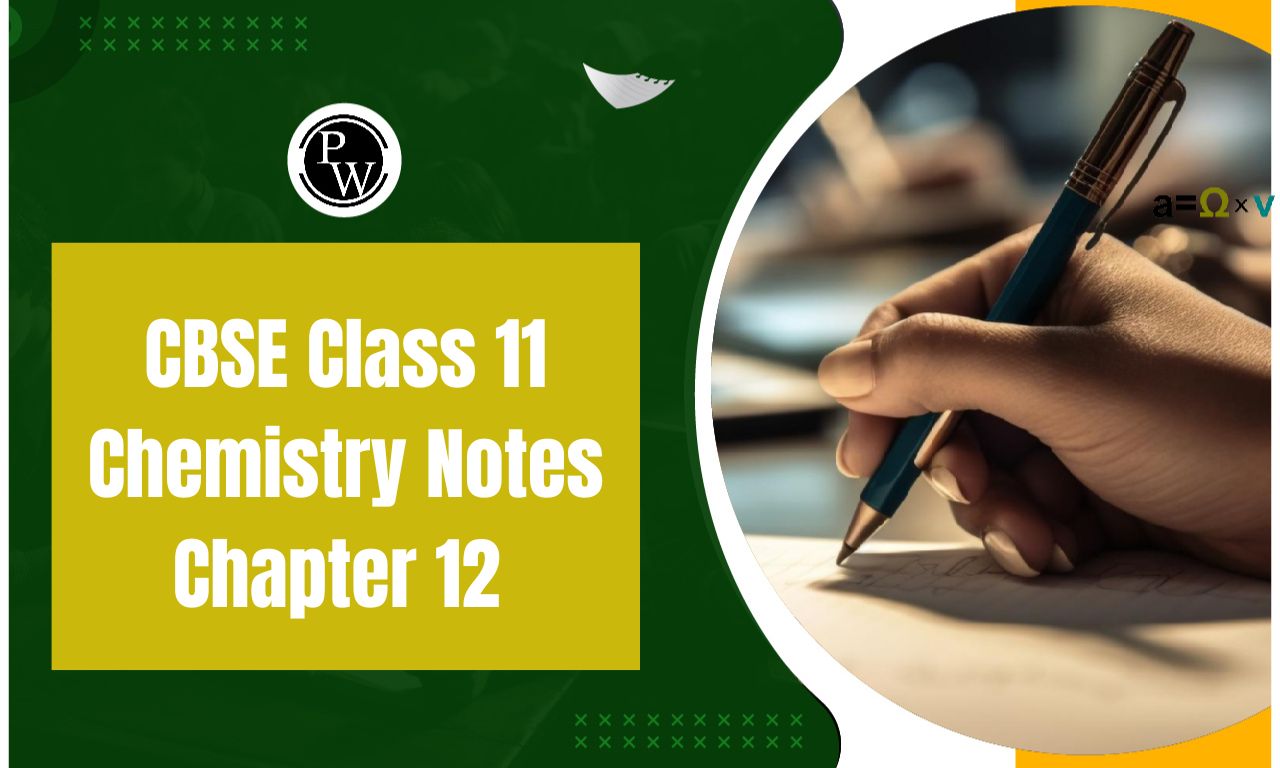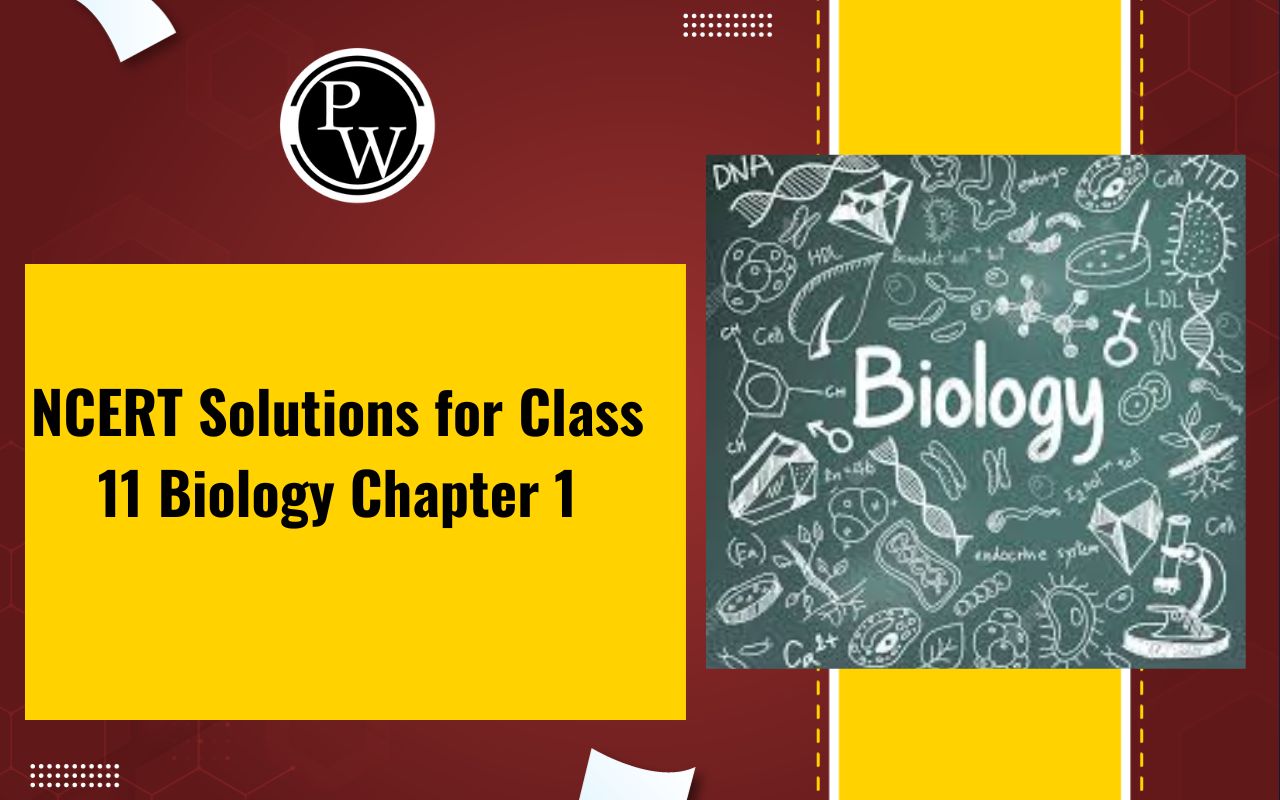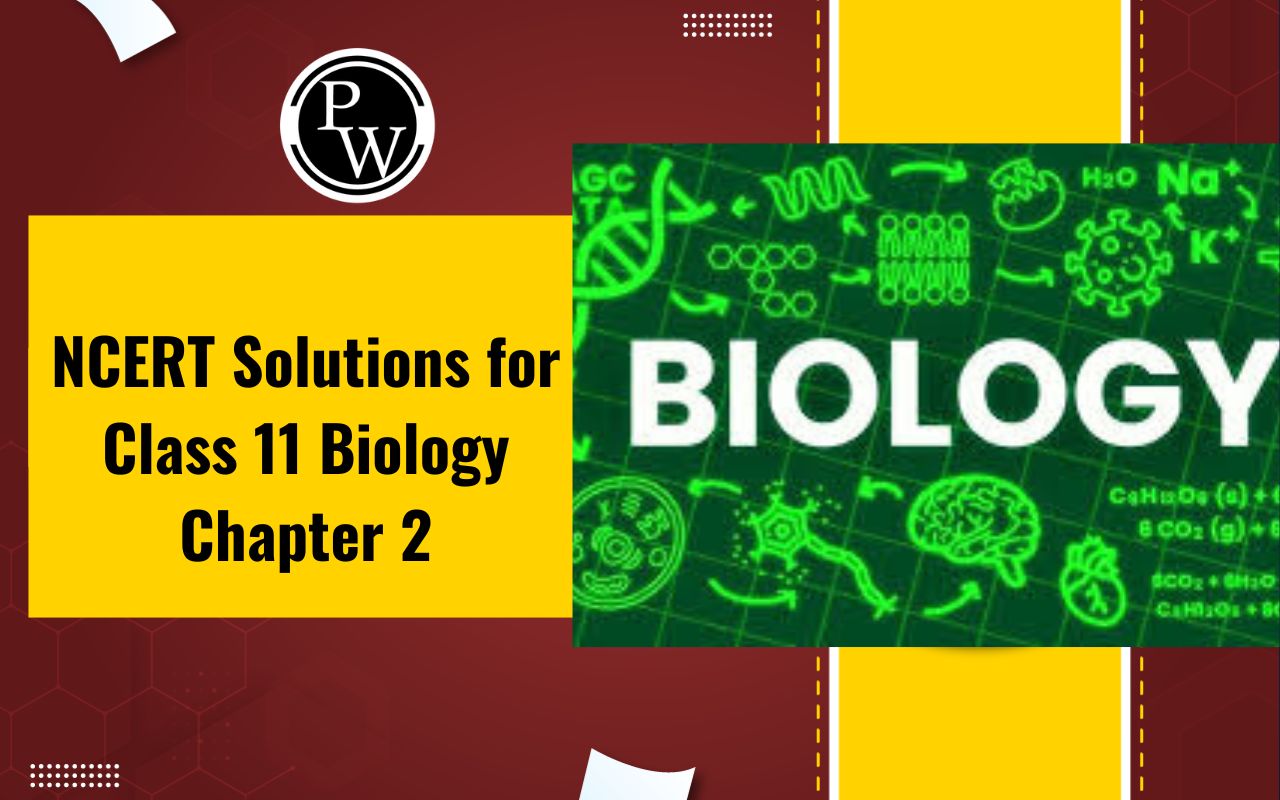
NCERT Solutions for Class 11 Maths Chapter 3 Exercise 3.3: NCERT Solutions for Class 11 Maths Chapter 3 Exercise 3.3 focus on the trigonometric functions of the sum and difference of two angles. This exercise helps students explore and understand the application of key trigonometric identities, which are crucial for solving various problems in trigonometry.
The solutions provided in the NCERT textbook offer detailed, step-by-step explanations that align with the latest CBSE syllabus. By practicing these problems, students can enhance their conceptual understanding and problem-solving skills, ensuring thorough preparation for exams. These solutions are designed to support students in mastering the fundamental concepts of trigonometry.NCERT Solutions for Class 11 Maths Chapter 3 Exercise 3.3 Overview
NCERT Solutions for Class 11 Maths Chapter 3 Exercise 3.3 is centered around Trigonometric Functions of Sum and Difference of Two Angles. This exercise helps students understand the fundamental identities related to the sum and difference of angles in trigonometry, which are key concepts for solving more complex problems in the subject. In this exercise, students are introduced to the application of trigonometric identities when two angles are added or subtracted. The exercise covers how to use these identities to simplify expressions and solve problems involving sine, cosine, and other trigonometric functions.Key Concepts:
- The Sum and Difference Formulas help in transforming expressions involving the sum or difference of angles into simpler forms, which makes solving trigonometric problems easier.
- Understanding symmetry in trigonometric functions is important in determining how functions behave when angles are negative or when different operations like addition and subtraction are performed on them.
Topics Covered:
- Trigonometric identities for the sum and difference of two angles.
- How to apply these identities to evaluate or simplify trigonometric expressions.
- Problem-solving techniques based on these identities.
- Real-life applications of these formulas in various problems.
Exercise Breakdown:
The problems in Exercise 3.3 involve:- Simplifying trigonometric expressions using the sum and difference identities.
- Solving equations where angles are combined with addition or subtraction.
- Applying these formulas in various real-life contexts, including angles and measurements in geometry or physics.
Class 11 Maths Chapter 3 Exercise 3.3 Questions and Answers PDF
Class 11 Maths Chapter 3 Exercise 3.3 Questions and Answers PDF is available for students to download and access detailed solutions. This PDF contains step-by-step solutions to all the questions in Exercise 3.3, which focuses on the trigonometric functions of sum and difference of two angles. By referring to this PDF, students can enhance their problem-solving skills and ensure thorough preparation for exams. You can download the PDF from the provided link below for easy access and effective learning.Class 11 Maths Chapter 3 Exercise 3.3 Questions and Answers PDF
1.

Solution:

2.

Solution:
 Here
= 1/2 + 4/4
= 1/2 + 1
= 3/2
= RHS
Here
= 1/2 + 4/4
= 1/2 + 1
= 3/2
= RHS
3.

Solution:

4.

Solution:


5. Find the value of:
(i) sin 75 o
(ii) tan 15 o
Solution:
 (ii) tan 15°
It can be written as
= tan (45° – 30°)
Using formula
(ii) tan 15°
It can be written as
= tan (45° – 30°)
Using formula


Prove the following:
6.

Solution:


7.

Solution:


8.

Solution:

9.

Solution:
Consider It can be written as
= sin x cos x (tan x + cot x)
So we get
It can be written as
= sin x cos x (tan x + cot x)
So we get

10. sin ( n + 1) x sin ( n + 2) x + cos ( n + 1) x cos ( n + 2) x = cos x
Solution:
LHS = sin ( n + 1) x sin ( n + 2) x + cos ( n + 1) x cos ( n + 2) x
11.

Solution:
Consider Using the formula
Using the formula

12. sin 2 6 x – sin 2 4 x = sin 2 x sin 10 x
Solution:


13. cos 2 2 x – cos 2 6 x = sin 4 x sin 8 x
Solution:
 We get
= [2 cos 4x cos (-2x)] [-2 sin 4x sin (-2x)]
It can be written as
= [2 cos 4
x
cos 2
x
] [–2 sin 4
x
(–sin 2
x
)]
So we get
= (2 sin 4
x
cos 4
x
) (2 sin 2
x
cos 2
x
)
= sin 8x sin 4x
= RHS
We get
= [2 cos 4x cos (-2x)] [-2 sin 4x sin (-2x)]
It can be written as
= [2 cos 4
x
cos 2
x
] [–2 sin 4
x
(–sin 2
x
)]
So we get
= (2 sin 4
x
cos 4
x
) (2 sin 2
x
cos 2
x
)
= sin 8x sin 4x
= RHS
14. sin 2x + 2sin 4x + sin 6x = 4cos 2 x sin 4x
Solution:
 By further simplification
= 2 sin 4x cos (– 2x) + 2 sin 4x
It can be written as
= 2 sin 4x cos 2x + 2 sin 4x
Taking common terms
= 2 sin 4x (cos 2x + 1)
Using the formula
= 2 sin 4x (2 cos
2
x – 1 + 1)
We get
= 2 sin 4x (2 cos
2
x)
= 4cos
2
x sin 4x
= R.H.S.
By further simplification
= 2 sin 4x cos (– 2x) + 2 sin 4x
It can be written as
= 2 sin 4x cos 2x + 2 sin 4x
Taking common terms
= 2 sin 4x (cos 2x + 1)
Using the formula
= 2 sin 4x (2 cos
2
x – 1 + 1)
We get
= 2 sin 4x (2 cos
2
x)
= 4cos
2
x sin 4x
= R.H.S.
15. cot 4 x (sin 5 x + sin 3 x ) = cot x (sin 5 x – sin 3 x )
Solution:
Consider LHS = cot 4x (sin 5x + sin 3x) It can be written as Using the formula
Using the formula
 = 2 cos 4x cos x
Hence, LHS = RHS.
= 2 cos 4x cos x
Hence, LHS = RHS.
16.

Solution:
Consider Using the formula
Using the formula

17.

Solution:


18.

Solution:

19.

Solution:

20.

Solution:


21.

Solution:


22. cot x cot 2 x – cot 2 x cot 3 x – cot 3 x cot x = 1
Solution:

23.

Solution:
Consider LHS = tan 4x = tan 2(2x) By using the formula

24. cos 4 x = 1 – 8sin 2 x cos 2 x
Solution:
Consider LHS = cos 4x We can write it as = cos 2(2 x ) Using the formula cos 2 A = 1 – 2 sin 2 A = 1 – 2 sin 2 2 x Again by using the formula sin2 A = 2sin A cos A = 1 – 2(2 sin x cos x ) 2 So we get = 1 – 8 sin 2 x cos 2 x = R.H.S.25. cos 6 x = 32 cos 6 x – 48 cos 4 x + 18 cos 2 x – 1
Solution:
Consider L.H.S. = cos 6 x It can be written as = cos 3(2 x ) Using the formula cos 3 A = 4 cos 3 A – 3 cos A = 4 cos 3 2 x – 3 cos 2 x Again by using formula cos 2 x = 2 cos 2 x – 1 = 4 [(2 cos 2 x – 1) 3 – 3 (2 cos 2 x – 1) By further simplification = 4 [(2 cos 2 x ) 3 – (1) 3 – 3 (2 cos 2 x ) 2 + 3 (2 cos 2 x )] – 6cos 2 x + 3 We get = 4 [8cos 6 x – 1 – 12 cos 4 x + 6 cos 2 x ] – 6 cos 2 x + 3 By multiplication = 32 cos 6 x – 4 – 48 cos 4 x + 24 cos 2 x – 6 cos 2 x + 3 On further calculation = 32 cos 6 x – 48 cos 4 x + 18 cos 2 x – 1 = R.H.S.Benefits of Solving NCERT Solutions for Class 11 Maths Chapter 3 Exercise 3.3
Solving NCERT Solutions for Class 11 Maths Chapter 3 Exercise 3.3 provide several benefits for students, helping them strengthen their understanding of trigonometric functions of sum and difference of two angles. Some key benefits include:- Concept Clarity : By practicing these problems, students gain a deeper understanding of the fundamental trigonometric identities related to angle addition and subtraction. This forms the foundation for solving more complex problems in trigonometry and related topics.
- Improved Problem-Solving Skills : The step-by-step solutions provided in the exercise teach students how to approach and solve problems systematically, which enhances their problem-solving abilities.
- Preparation for Exams : Solving problems from this exercise ensures students are well-prepared for board exams, as the questions are designed to reflect the type and difficulty level of the questions asked in the exams.
- Understanding Real-Life Applications : Trigonometric identities are widely used in fields such as physics, engineering, and architecture. Solving these exercises gives students a practical understanding of how these identities can be applied in real-world scenarios.
- Time Management : Working through the problems efficiently helps students manage their time better during exams, allowing them to solve complex questions more quickly.
NCERT Solutions for Class 11 Maths Chapter 3 Exercise 3.3 FAQs
Why is solving Exercise 3.3 important?
Are the solutions in NCERT Solutions for Chapter 3 Exercise 3.3 step-by-step?
How can I improve my understanding of trigonometric identities through this exercise?
Is it necessary to memorize the trigonometric identities for solving Exercise 3.3?










